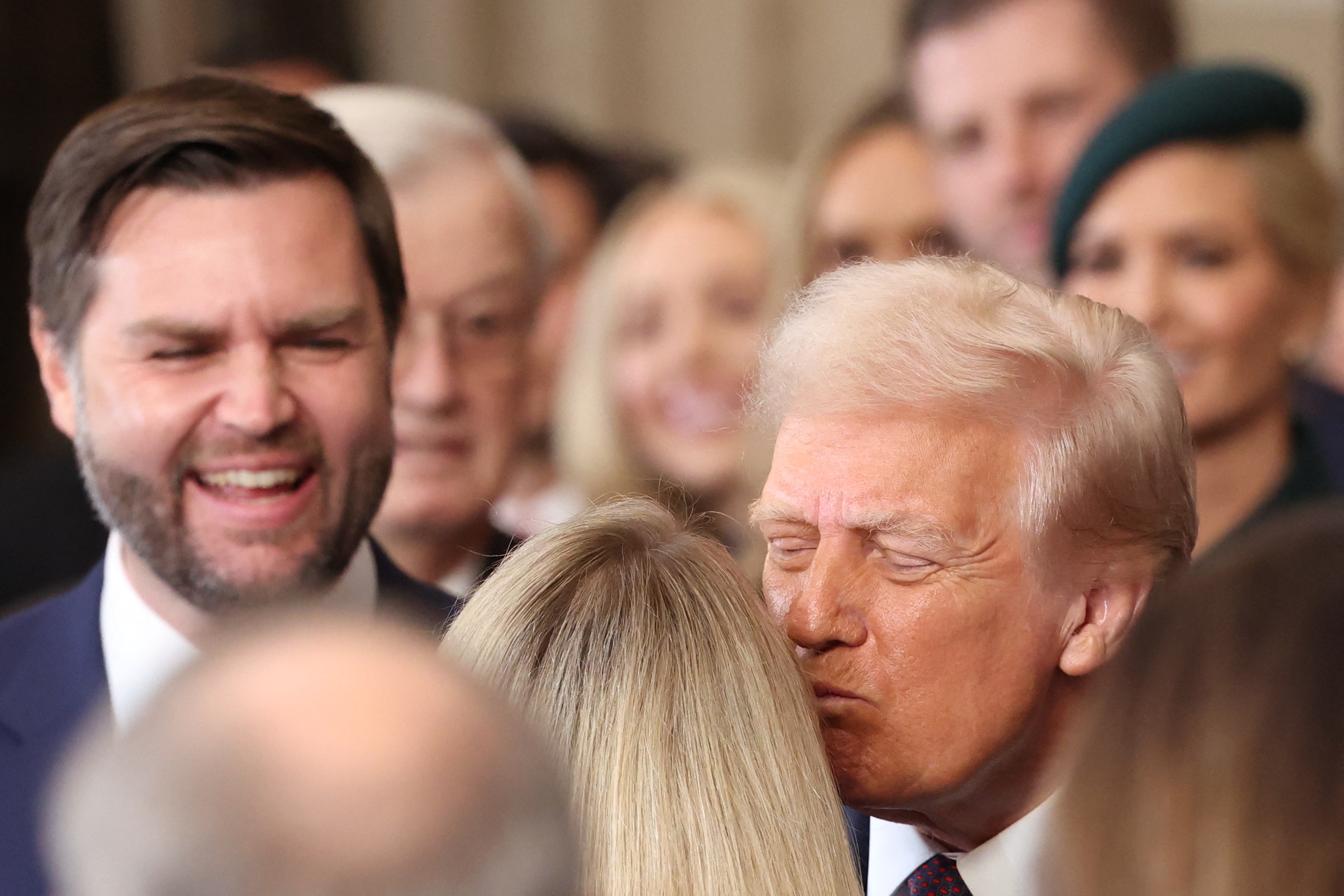The Supreme Court has said it is a “pitiable digression from reality” to believe that Hindi is a language of the Hindus and Urdu of the Muslims. A language is only a means of communication and does not represent a religion.
“Language is not religion. Language does not even represent religion. Language belongs to a community, to a region, to people; and not to a religion. Language is culture. Language is the yardstick to measure the civilizational march of a community and its people. So is the case of Urdu, which is the finest specimen of Ganga-Jamuni tahzeeb, or the Hindustani tahzeeb, which is the composite cultural ethos of the plains of northern and central India,” a Bench of Justices Sudhanshu Dhulia and Vinod Chandran said in a judgment.
Justice Dhulia said Hindi and Urdu were fundamentally one language.
“When we criticise Urdu, we are in a way also criticising Hindi… True, Urdu is mainly written in Nastaliq and Hindi in Devanagari; but then scripts do not make a language. What makes languages distinct is their syntax, their grammar and their phonology. Urdu and Hindi have broad similarities in all these counts,” the apex court said.
The fusion of the two languages, Hindi and Urdu, met a roadblock in the form of the puritans on both sides and Hindi became more Sanskritised and Urdu more Persian, Justice Dhulia explained.
“A schism was exploited by the colonial powers in dividing the two languages on religion. Hindi was now understood to be the language of Hindus and Urdu of the Muslims, which is such a pitiable digression from reality; from unity in diversity; and the concept of universal brotherhood,” the judge wrote.
The court said Urdu was not an alien language. It was born and nurtured in India, and reached greater refinement and became a language of choice for poets in India.
‘Incorrect opinion’
“The prejudice against Urdu stems from the misconception that Urdu is alien to India. This opinion, we are afraid, is incorrect as Urdu, like Marathi and Hindi, is an Indo-Aryan language,” Justice Dhulia said.
The judgment stemmed from an appeal filed against the use of Urdu on the signboard of the new building of the Municipal Council, Patur in Akola district of Maharashtra. The signage ‘Municipal Council, Patur’ was written in Marathi and then in Urdu. The appellant, Varshatai, a former Municipal Council member, said Marathi was the official language of the State of Maharashtra. The use of Urdu was “wrong”.
Even the common man’s everyday Hindi was peppered with Urdu terms, Justice Dhulia noted.
“The word ‘Hindi’ itself comes from the Persian word ‘Hindavi’! This exchange of vocabulary flows both ways because Urdu also has many words borrowed from other Indian languages, including Sanskrit,” Justice Dhulia noted.
Urdu was adopted by many States and Union Territories as their second official language in exercise of powers conferred by Article 345 of the Constitution. The States which have Urdu as one of the official languages were Andhra Pradesh, Bihar, Jharkhand, Telangana, Uttar Pradesh, and West Bengal, while the Union Territories which follow this practice were Delhi and Jammu and Kashmir.
“We must respect and rejoice in our diversity, including our many languages… In the 2011 Census, the number of mother tongues increased to 270. This number was also arrived at by taking into consideration only those mother tongues which had more than 10,000 speakers. Thus, it would not be wrong to say that the actual number of mother tongues in India would run into thousands. Such is the immense linguistic diversity of India!” the Supreme Court emphasised.
Published – April 16, 2025 12:48 pm IST










Remove
SEE ALL